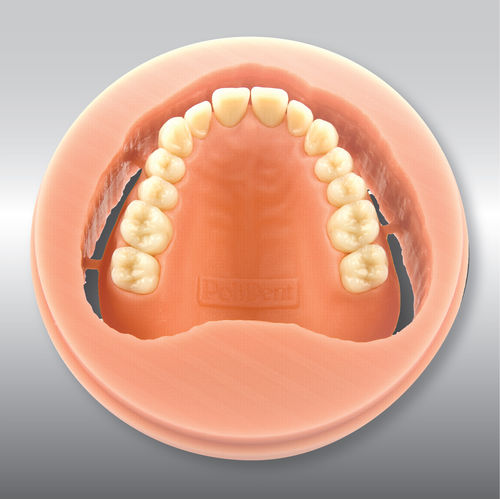A reality of the healthcare system in the United States is it’s behind nearly all first-world countries in regards to the implementation and use of Electronic Medical Records (EMR). The US boasts a nearly 20-year deficit in technology automation compared to other types of customer-driven business. Other industries have spent billions on automation as it advances their business, while saving time and cost. In other words, it makes them more money! Where would the US healthcare system be today if our hospitals and private practices had just kept pace with the average?
There is a laundry list of reasons why automation in healthcare has lagged behind other industries. However, before we begin treating a multitude of symptoms, we should look for the root cause. Physician resistance is the primary inhibitor of EMR adoption. Let’s explore some reasons for this resistance.
Resistance To Change
EMR will completely change how healthcare practitioners conduct their business. Documentation, prescribing, referrals, billing; all of these daily processes will change. Many physicians, especially those not comfortable with technology, will have to step outside their professional comfort zone to utilize the benefits of EMR. Physicians who double as practice owners have to commit to large amounts of time for research and education, for both themselves and their employees, to ensure all EMR benefits are realized. All of these changes and expenses can lead practice owners to be extremely wary of implementing EMR. The baby-boomer generation can be most guilty of this. This generation of physicians, who are likely to retire within years, are resistant to changing their paper-filled way of doing business, as it has been successful throughout their long careers. They can also be intimidated by the large amount of extra work that must be done in order to implement EMR.
Complexity
Complexity stems from the three primary phases of implementing EMR: Selection, Project Planning and Execution.
Selection: There are currently more than 300 products on the EMR market. Choosing the best product for a medical practice is as much an art as it is a science. No single EMR will be perfect; however, there are many that can mesh well with any practice through customization. Practitioners step into unknown territory when it comes to software selection, which becomes the initial inhibitor to EMR adoption.
Project Planning: Depending on the size of the practice or hospital, EMR implementation can require professional project management and consulting. Rarely do physicians or practice managers have the skills or staff to manage a large scale implementation.
Execution: Preparing the staff, adjusting workflow and setting realistic goals is just as important as selecting the EMR itself. It does not matter whether the practice owner has found the perfect product, if the planning of how it will be used has not been thoroughly explored. This lack of experience will lead to physician resistance.
Fear
Among success stories boasting a 500% return on investment, there are EMR horror stories scattered throughout the healthcare community. I spoke with an orthopedic surgeon last month that “fired” the same EMR, twice! Success and failure ultimately depends on what measures a medical practice will take to select and implement their EMR system. The fear of failure when making such a large investment is very real and it is a justified inhibitor.
Time
The bottom line; doctors are swamped. They see patients all day and spend the early evening finishing paperwork. Most physicians simply don’t believe they have time to learn an entirely new system and use it effectively, immediately. The reality is most practices will see a three-month loss of productivity post-EMR implementation. But after this introduction period, not only will productivity go up rapidly, processes will become more efficient, enabling employees and practice owners to perform their duties better. This will provide more doctors the opportunity to give a higher level of care, heightening their value to their patients and ultimately improving the bottom line.
Money
Cost can be an inhibitor to EMR adoption. For many small practices EMR implementation can seem cost-prohibitive by traditional means. However, with so many different financing options, practices can find a way to afford EMR if they are genuinely interested in bettering their business and quality of care. An issue that must be overcome is the fact that many physicians do not see money as an inhibitor to adopting EMR, but use it as an excuse. The truth is many practitioners don’t want to go through the hassle of completely changing how they do business. By ignoring the benefits of EMR, they are hurting themselves, their business, their employees and, most of all, their patients. We will take a look at how to overcome this, and other barriers, next month.








